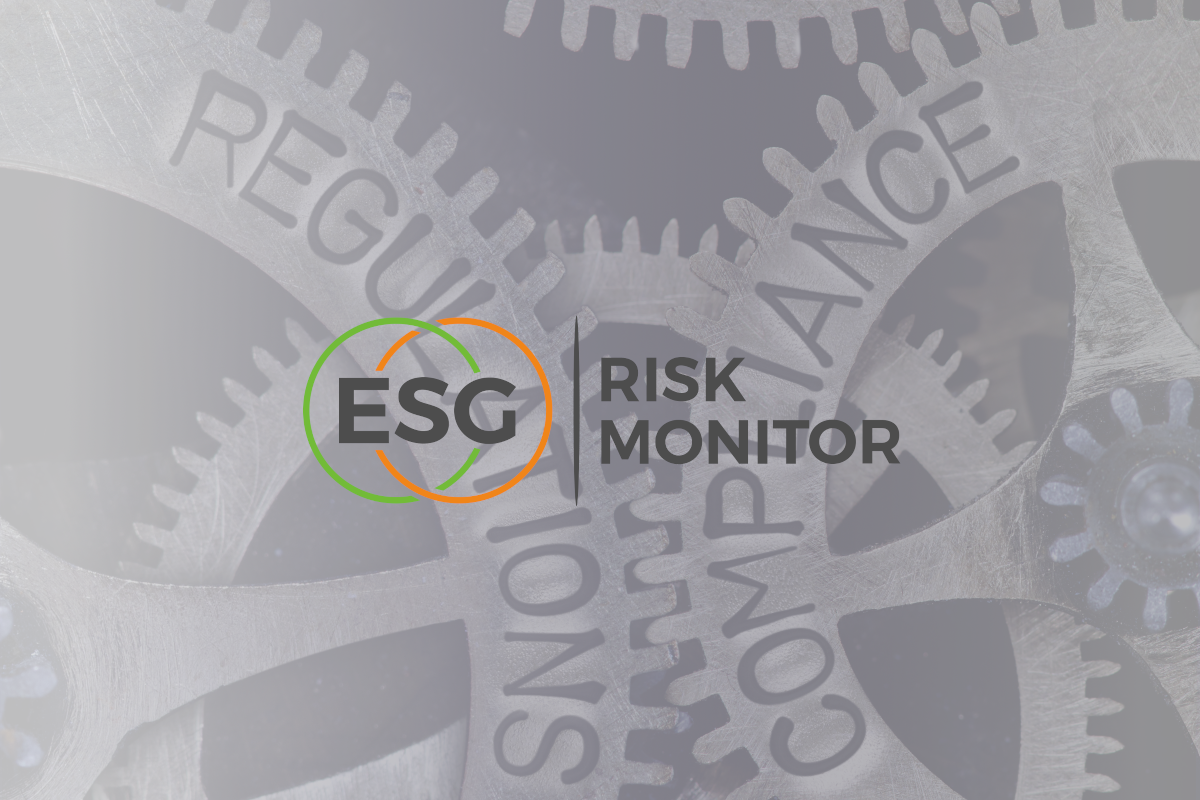Compliance
Compliance (regulatory compliance) means conforming to comply with relevant laws and regulations. Together with KYC Spider in Zug Eurospider has in-depth compliance know-how.
Last Saturday, the NZZ wrote that “Three letters spell out one of the most popular trends in the world of finance: ESG” [1]. ESG stands for environmental, social and governance (ESG) criteria, with respect to pollution, human rights and transparent corporate management. Swiss politicians also deal with these three criteria, namely in connection with the corporate responsibility initiative [2]. The newly developed ESG RISK MONITOR detects relevant risks in multinational corporations, as well as for their partners and suppliers [3].
RobbySpider has been handling important compliance tasks, such as onboarding and risk verification in the KYC Toolbox since 2019. This is a good opportunity to have a look at the most notable chatbot predecessors to RobbySpider. First, we have the pioneer system, GUS [1], which was developed in 1977 on the legendary Xerox PARC [2]. GUS is based on what is known as a frame-driven dialog system. This principle of “frame-based slot-filling” is still relevant today and is used in Apple’s Siri, for example [3].
The risks associated with unclear rules are well-known in the legal field. There are various ways of interpreting them, and opportunities for lucrative briefs. This article, however, discusses automated rules. Some blockchains, such as Ethereum, offer the option of carrying out transactions automatically according to predefined rules.
An evaluation of citations of the Anti-Money Laundering Act (AMLA) of October 10 1997 (AMLA, SR 955.0) in the Decisions of the Swiss Federal Supreme Court (BGE) yielded interesting results. The ten standards in the AMLA that are cited most often are related to the obligations of financial intermediaries, the scope of application of the AMLA and supervision of financial intermediaries. The evaluation illustrates the application of AMLA standards by the Swiss Federal Supreme Court.
Eurospider has carried out a simple experiment with the popular Levenshtein distance string metric. Around 600 names taken from the media were used to search for hits in a test database of more than 1000 entries. For each of the 600 names, the test database contained the full and correct name, which differed from the name used in the media. The names that were found for each of the 600 names were ranked by ascending Levenshtein distance. Finally, yield and precision were determined in the event of the top n ranks being sifted. What can we learn from this?
Complete Revision of the Federal Data Protection Act
Complete Revision of the Federal Data Protection Act: „As of 15th September 2017, draft and report for a completely revised Federal Data Protection Act is public. In a first step parliament and the people agreed to adaptations in order to be compliant with EU law. The second part of the revision is debated by the parliament since September 2019. Data Protection is to be increased by giving people more control over their private data as well as reinforcing transparency regarding the handling of confidential data.”
Links: datenrecht.ch









